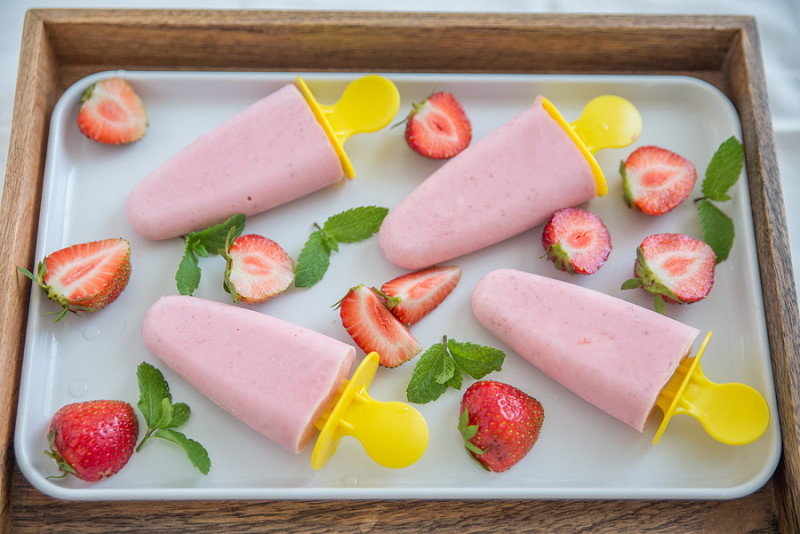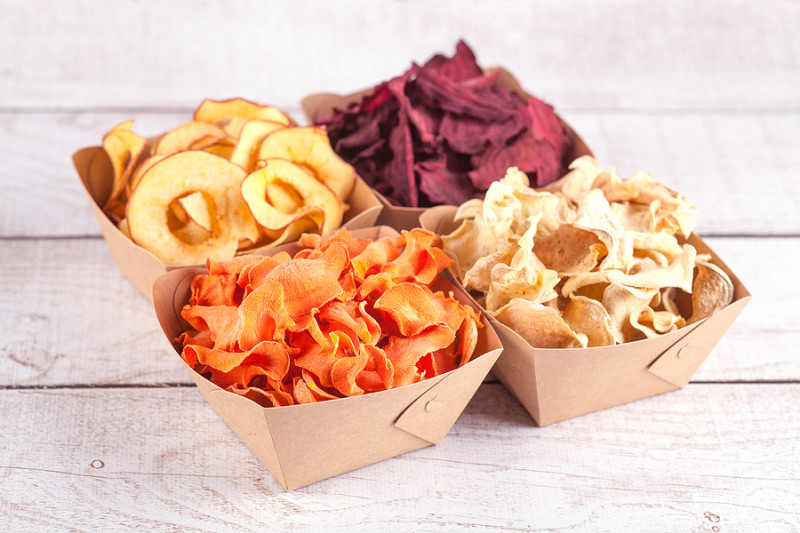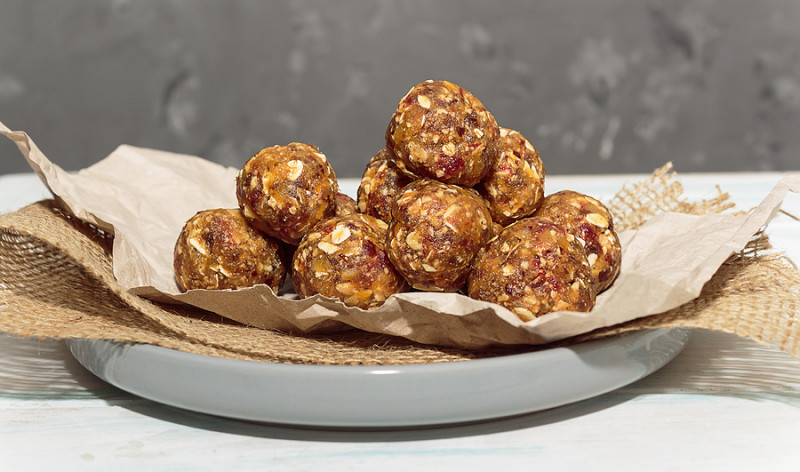The what and whys of the best healthy snacks
We have all been there, standing in front of
the open cupboard or fridge deliberating over which snack to reach for, our
eyes trying to detect what our stomach is wanting. Well you are not alone in
the pursuit of a snack, in fact consumer research shows that 66% of
adults snack at least
once a day, and perhaps more worryingly one in ten people skip actual meals and
use snacking as a meal replacement. People snack for all sorts of different
reasons, sometimes it’s a form of emotional comfort, sometimes habit and often
because the busy lives we lead mean we often have to eat on the go as opposed
to having an actual meal.

Snacking doesn’t have to have a bad rap, but
the reasons behind choosing to snack and the choice of snack itself, will
determine whether your snacking is a good or a bad thing. One particularly bad
snacking cause is emotions. Emotional
eaters are those people who turn to food in an attempt to control and cope with
negative feelings and thoughts, at times when their emotions have become negatively
affected. Stress is one such feeling
that can cause many people to reach for food and changing this habit can be
challenging, but knowing the negative physical, mental and psychological impact
this has on health is a BIG reason to find other coping strategies. The tough
year we have all been having and the increased time we have all spent at home
recently, will have meant even more people will have fallen foul of emotional
eating behaviours. People who reach for snacks as an emotional crutch do so because
they have associated food with comfort and NOT because they are actually
hungry. Identifying if you fall into this category is an important first step
in quelling this habit.
So if
you are reaching for a snack due to hunger, then choosing the right snack will
not only ensure you beat the hunger pangs, but will also keep you energy
buoyant. Many classic snacks that people reach for, such as chocolate, cakes,
biscuits and crisps can spike sugar levels, meaning you will end up feeling
tired and sluggish after you consume it and most likely still feel hungry. So
let’s take a look at some great snack choices to suit your cravings and the
reasons why they make a good snack choice.
When
deciding what to eat, we tend to fall into either the sweet or savoury
category. Some people crave sweet snack choices and others crave salty and
savoury based snacks more, and at different times we may fall into each of
these categories.
A Taste for Salt & Savoury
It is
well publicised that eating too much salt is bad for you and most processed
foods, to include many savoury based snacks, contain very high salt/sodium
levels. The dietary guidelines advise that
adults should eat no more than 6g of salt per day, however the reality is that
most people exceed this. Food labels have to state the amount of salt/ sodium in
a product, so knowing what to look for here will help you make healthier
choices. Any food containing 0.3g or less of salt, per 100g
of food is classed as a low salt food. Foods containing 0.4 -1.5g of salt per
100g of food are medium salt foods and the foods that have a high salt content
are those containing 1.6g or more of salt per 100g of food. Have a look at your
usual ‘go to snacks’ and see which salt category they fall into, you may be
shocked.
One of the main snack choices
for salt lovers is crisps. In fact it is estimated that in the UK alone, 6
billion packets of crisps are consumed each year, which works out at around 150
packets for each one of us every year!! As tasty as they may be they do not
make great snacks for a number of reasons although some crisps are better than
others. Generally speaking though, crisps are high in salt, high in fat and
high in calories. So what is the healthier alternative if you are a crisp
lover? Make your own! Not only is it
healthier, but it’s a great activity to get the kids involved in during the
holidays. See our June Nutrition article, entitled ‘Revamping your packed
lunch’, to read how to make your own vegetable based crisps. You can also make
your own potato crisps in the same way and sprinkle a little sea salt on. This
is a great way of still eating crisps but minimizing both your salt and calorie
intake from them.

Nuts
are probably one food I mention a lot, because they offer such versatility, are
transportable and are packed with nutrients as well as offering a great source
of protein and fibre. These two food groups make
the perfect snack combination for keeping you full. Each different variety of
nut provides different health benefits
so be sure you eat a variety. Nuts are packed with monounsaturated fats and
Omega 3 fatty acids so are great for heart health and have shown to offer other
health benefits such as lowering cholesterol and help with controlling
diabetes. For those following a low carb diet, nuts are packed with plant based
protein, but are low in carbohydrates so make a great tasty snack.
Although scones are perhaps
classically not a healthy snack when lathered with jam and clotted cream,
certain savoury based scones made in a
particular way, can be a great healthy filler. Made in batches they can also be
frozen easily and taken out one at a time when a snack is required. Scones
actually contain only a small amount of butter (when made yourself) and can be
made using a wholegrain flour, which is much healthier than a white flour. You
can also add some great additions to the scone mix such as grated carrot,
cauliflower flour (cauliflower that has been whizzed into small particles by a
food processor), finely chopped peppers and of course cheese. Adding these
additions will increase the fibre (vegetables) and protein (cheese) content of
your scone and make it a filling snack. Scones are also really easy to make and
quick to bake so definitely a fun task that the children can help with.
Many
people use fruit to snack on, but if you are having a snack because you are
actually hungry, fruit will do little to fill you up. You are far better
choosing vegetable sticks such as carrots, celery,
cucumber and peppers which are high in fibre and rich in a great range of
nutrients. Vegetables keep you much fuller than fruit and contain far less
sugar too, so if you tend to always lean to fruit as your snack of choice try
to alternate this a little by choosing vegetable sticks as a change. Use a dip
such as hummus, peanut butter, or salsa to make them more exciting.
Toast
is another food that many people use as their go to snack, especially before
bedtime. Although whole grain bread is good for us in moderation, processed breads,
especially white breads, often contain high salt levels and are classed as a
‘simple carbohydrate’ food meaning they take less time to digest and spike
blood sugar levels, not great at the best of times let alone before bed time. Why
not use rice crackers or rye crackers instead with a topping of hummus, nut
butter or avocado and lemon juice as a tasty but healthy filling alternative.
A Taste for Something Sweet
If you have a sweet tooth,
your go to snacks are likely to be chocolate, biscuits and cakes. All great for
a treat, but none make a great snack due to the high sugar contact that will
often leave you feeling sleepy soon after eating. This may be fine when you are
at home and can curl up on the sofa, but not so fine during a work day when you
are nodding off in front of your colleagues. There are however some great sweet
things you can eat that won’t have this same effect and are healthy as well.
One great sweet snack which was mentioned back
in our June article, but definitely worthy of a mention again are the treats
that have become known as energy balls. These are made using a base of nut
butter, such as cashew or almond butter and medjool
dates (for their sweetness) along with cacao powder, to give them that lovely
chocolatey taste. Additional ingredients which can be added include desiccated coconut,
crushed walnuts, ginger, oatmeal and ground almonds. These are a high fibre and
protein snack containing good fats from the nut butter and vital minerals from
the dates and Cacao powder such as potassium, magnesium and zinc. So although
they taste like a guilty pleasure, no guilt is necessary!

Although there is never going
to be a chocolate substitute that lives up to chocolate itself, using cocoa powder in a variety of recipes, along with a natural
sweetener or just a reduced amount of sugar, can still be a very good
alternative to satisfy a chocolate craving. Cocoa powder really is chocolate,
just in a very neat form without all the sugar and other fat that’s added to
it. Why not bake your own chocolate biscuits using cocoa but
minimise the sugar content or use medjool dates as the
sweetener. You can also add it to flapjack or make your own chocolate milk
drink with it. The options are quite endless.
Popcorn is a versatile grain
and one that is very low in calories, but high in fibre. Unfortunately it’s the
plain variety only, no salted or toffee covered allowed, although you can add a
small dash of maple syrup for a sweet hit or grate a little cheese on it for a
more savoury option. A sprinkle of cinnamon can also give a warming taste to this
little healthy whole grain snack.
During the summer and the
recent heat wave we have been experiencing, nothing quite says summer, or cools
you down, better than an ice cream or ice lolly. Although these don’t do much
for satisfying hunger they can be a sweet treat with a great cooling effect,
but not great for the waistline if consumed too often. There are many varying
recipes to be found online for making ice lollies and it often comes down to
how sweet you want them and how healthy you want them to be!! Just using milk
or a milk alternative, some vanilla paste or essence, a fruit of your choice
(smashed strawberries, raspberries or bananas work best) and adding a dash of
honey or maple syrup to increase sweetness is all that is needed. Some recipes
contain cream or condensed milk, but if you are trying to keep the calories,
sugar and fat down and make a healthier snack than the store bought ones, then
I would skip these additions. These milky ice lollies are also a great way of
increasing the calcium in your diet as well as magnesium levels, which many
people can be low on. Adults will definitely love them as much as the kids!!
So next time you reach for a
snack, question yourself and ask why you are doing it. If it’s for hunger then
question what snack you are reaching for and if it’s not the healthiest choice
why not pick one of the healthy snack ideas mentioned above. Remember that
making even one or two small changes over time can add up to a big change. In
this case, a positive change in health.